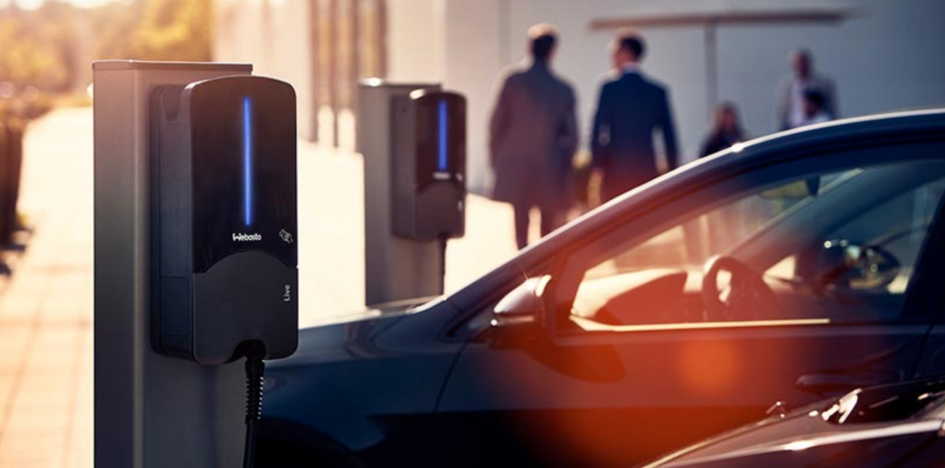The Company Car has been seen as a ‘perk’ of many jobs but since the Government began to identify that these typically diesel cars are having a detrimental effect on the environment, changes to company car tax have been taken to give more favourable rates to those vehicles with lower or no emissions.
With 50% of all new vehicle sales in the UK being attributed to fleet or company vehicles, the changes will serve as a very attractive proposition for those affected by the tax charges that they currently have.
Company Car Tax Changes April 2020
Individuals have always paid tax on the benefit of having such a vehicle. Known as Benefit-in-kind (BIK) the tax has been calculated on the value of the car, the tax band that the driver is in and the amount of CO2 that the car emits.
The way that this CO2 element has been measured has now changed and, from the 6th April 2020, a number of changes will take place to account for the higher carbon dioxide (CO2) emission results from the Worldwide Harmonised Light Vehicle Test Procedure (WLTP) that all new cars are now subject to.
By using this new mandatory testing data, HM Treasury has revised the tables to more heavily tax those cars that are not deemed to be as environmentally friendly. Therefore, to ‘reward’ company car drivers who choose an electric or hybrid vehicle, a 0% CCT rate will be applicable to cars with a zero emission range of at least 130 miles. This tax will increase 1% in 2022/22 and one more in 2022/23 – thereafter nothing has been agreed.


Company Car Tax On Diesels
This will give some figures that will make for very pleasant reading for company car drivers that choose electric vehicles. However, changes to the scale of BIK percentages will also change for those that still drive petrol or diesel vehicles and these are not as favourable.
These taxes are worked out on the WLTP test scheme which can change for each model depending upon engine size and individual specification requests such as wider tyres, sport models etc.
It would therefore be virtually impossible to be able to give a valid comparison example, but working out the BIK tax on current, or speculative purchase, cars is quite simple.
- Find the P11D value of your company car
- Then find the CO2 emissions of your vehicle and the company car tax % rate that is applicable. Multiply this and the P11D value. This will give you your BIK amount
- Then multiply the BIK value by whatever your personal tax rate is – 20,40 or 50%. This will give the amount of car tax payable.
It is worthy of note that whilst there will be two separate tax tables from 2020 keeping low emission vehicles and more traditional emission vehicles apart, however from 2022/3 there will have one BIK tax table again as the rates are realigned.
Is It Time To Change?
So, whilst those that drive traditionally powered vehicles won’t be in dire straits with these changes, this a clear statement from HMRC to encourage more company car drivers to explore the benefits of owning a hybrid or electric vehicle. Arguably, this also falls to fleet managers who should offer at least one EV choice on options list. With the January Government announcement, it won’t be too long before car drivers have no choice but to choose electric!
For all your charging needs visit https://charging.webasto.com/en-uk/


Leave a Reply
You must be logged in to post a comment.